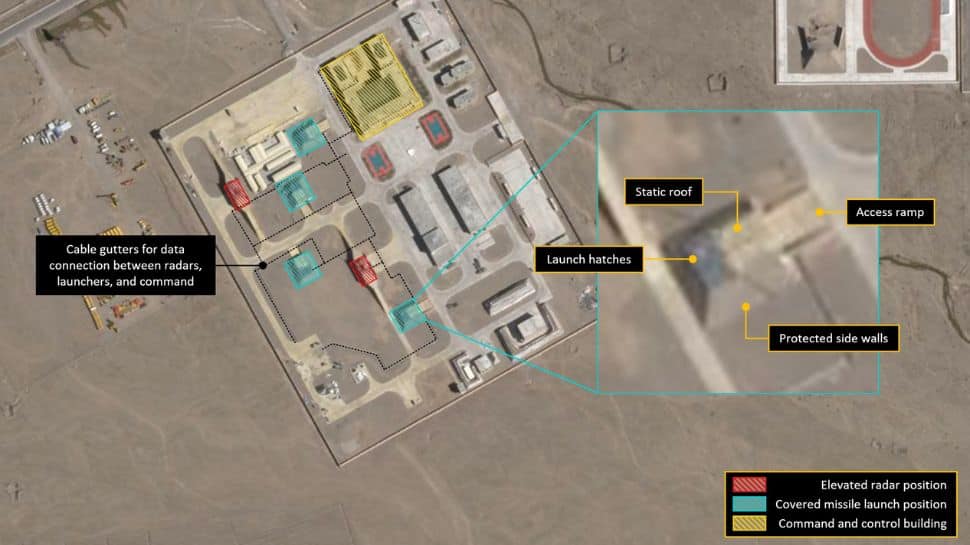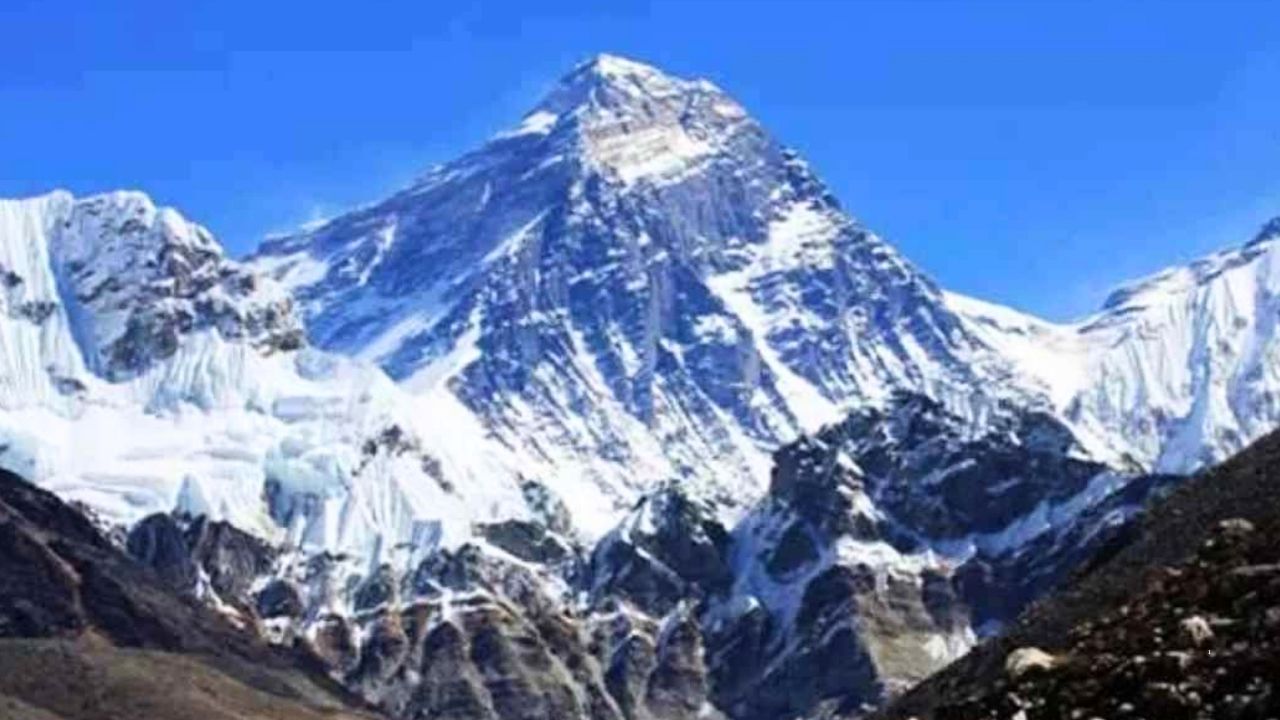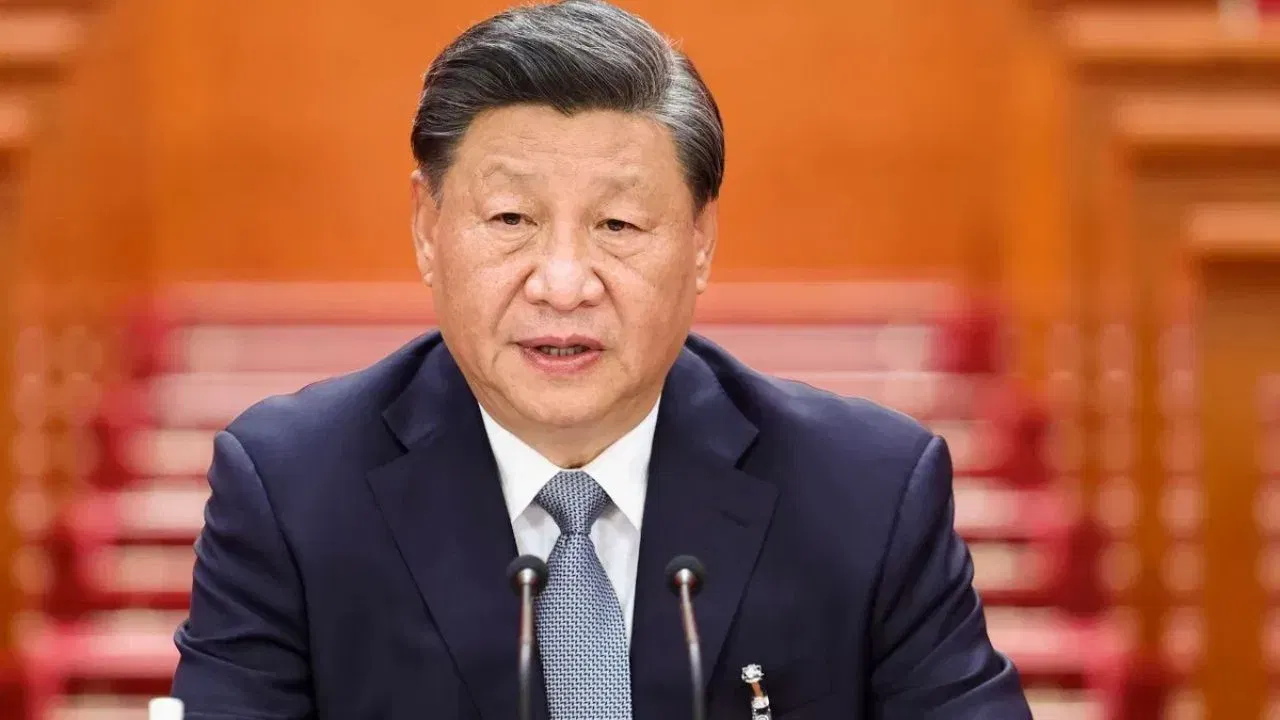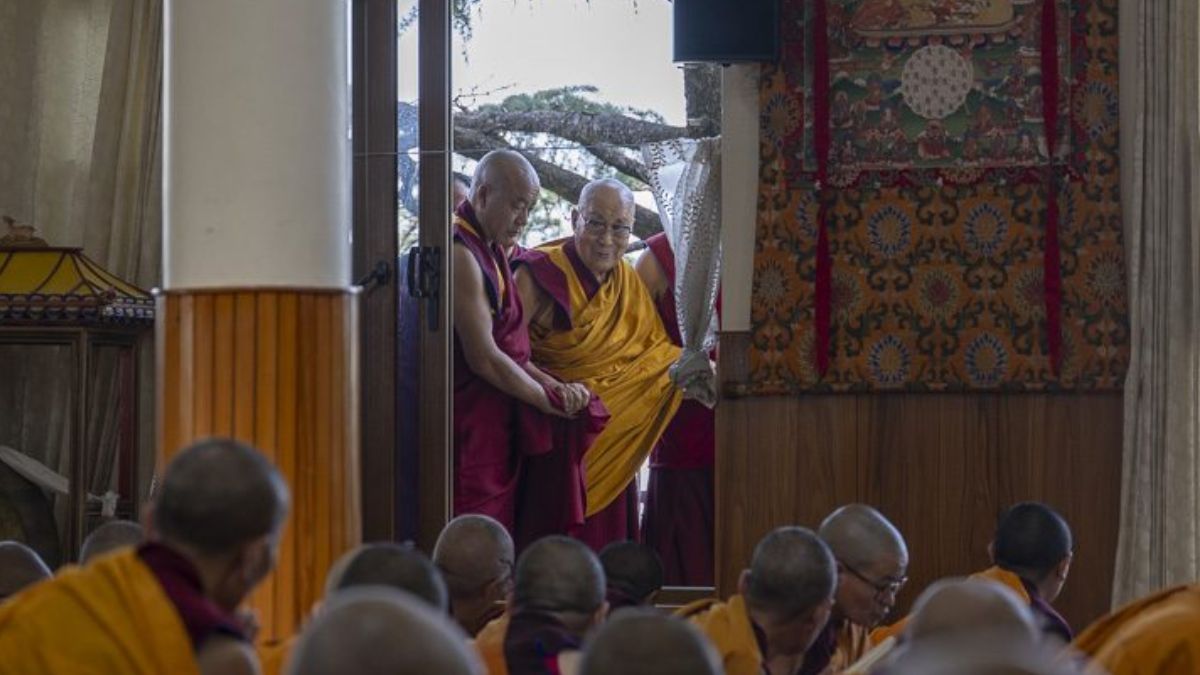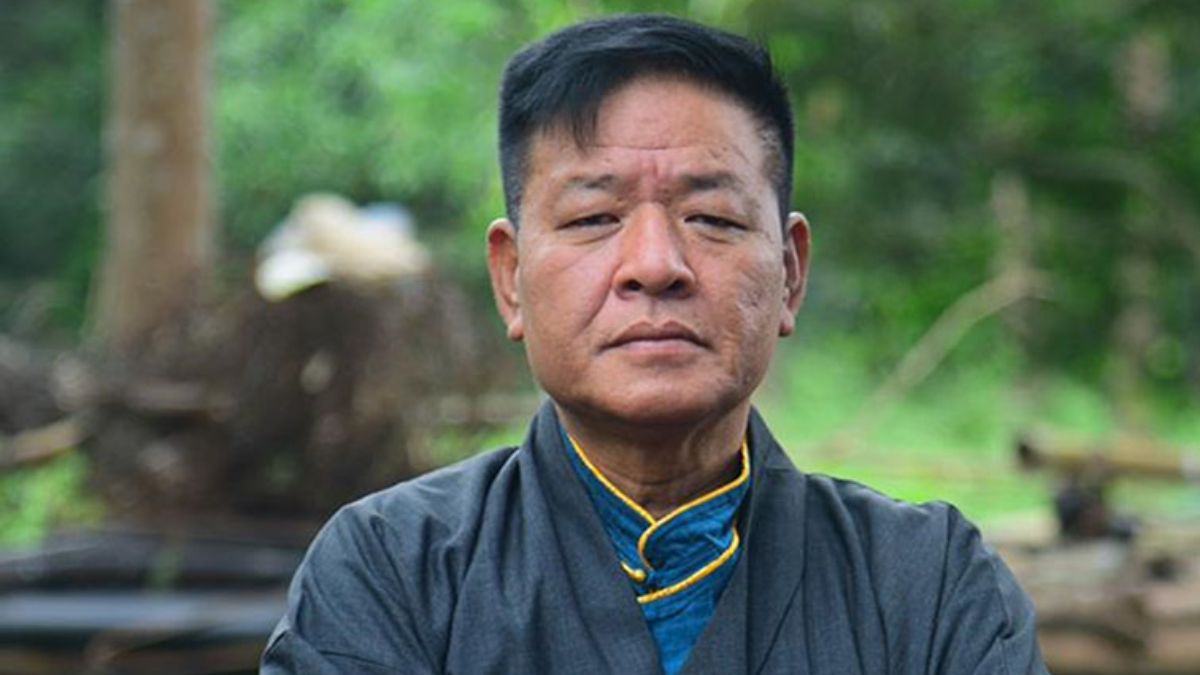Subscribe to Updates
Get the latest creative news from FooBar about art, design and business.
Browsing: Tibet
Chinese President Xi Jinping recently visited Tibet, during which he reiterated Beijing’s commitment to reshaping Tibetan Buddhism to align with socialist ideology…
The revered spiritual leader of Tibet, the Dalai Lama, marked his 90th birthday on July 6th with celebrations filled with joy and…
Sikyong Penpa Tsering, the President of the Tibetan Government-in-Exile, has strongly criticized China’s involvement in Tibetan religious matters, particularly concerning the selection…



